This TED Talk by Eli Pariser questions the present methods by which Google returns hits from search queries. I have read several books over the years describing the development of Google and thought I understood the process. The early technique using page rank returned hits that were referenced by influential others (so defined by being linked by influential others). This technique has been upgraded to reflect individual search histories. I did not realize this, but Pariser claims that the same search executed by different individuals from different locations will return different results. Why? Your interests and history will bias what you find.
I made a very similar observation months ago regarding how most individuals approach reading blogs. We follow writers we find interesting and with whom we share similar values. Not the best strategy gaining a broad perspective.
I would think this search issue would play out differently depending on the topic. With factual information search should work just fine. However, what about locating information related to what might be described as critical thinking. Wouldn’t you want to consider multiple perspectives rather than review several sites with a similar perspective? So, one way Google could advance the process of search would be to differentiate fact from perspective inquiries and ignore data on individual preferences when returning hits that would support critical thinking,
![]()
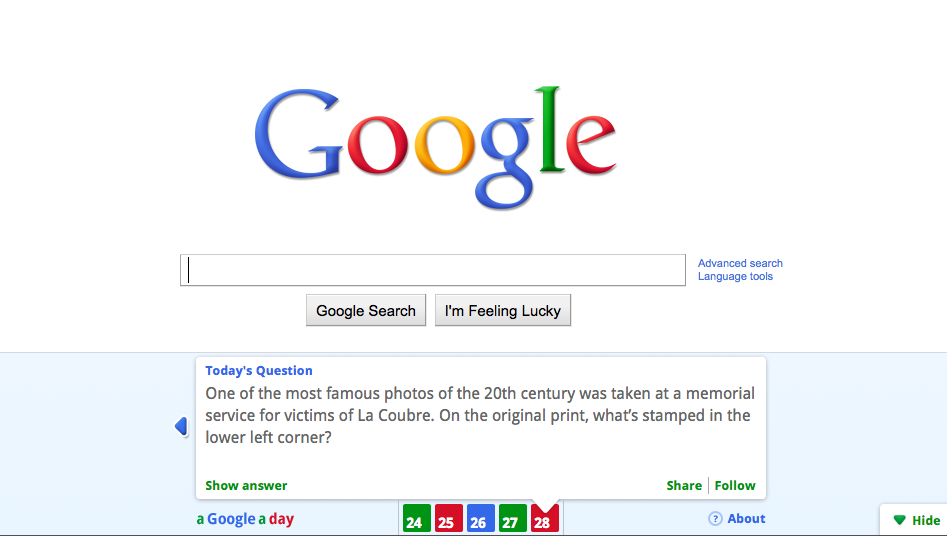



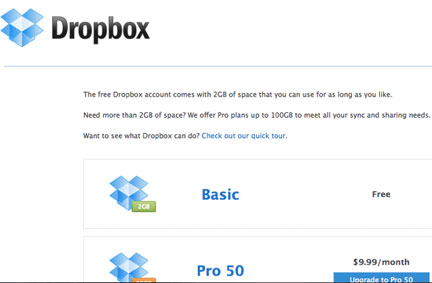
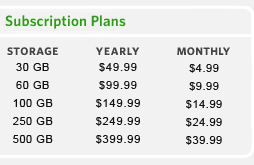
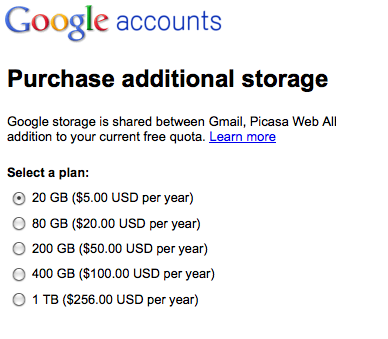
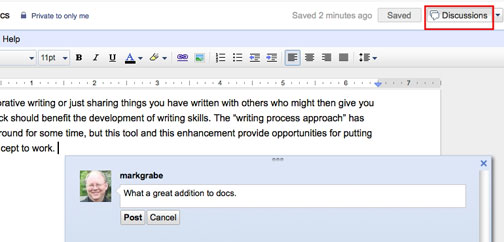


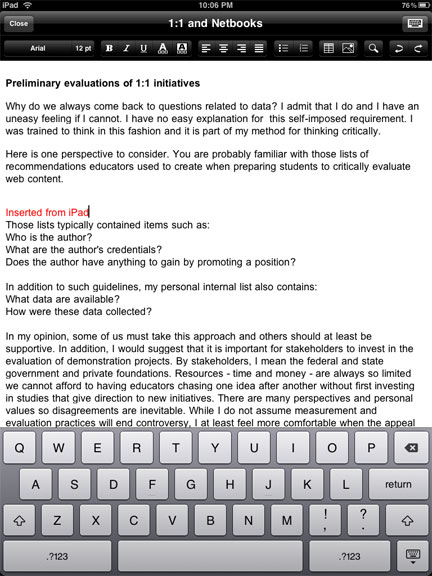
You must be logged in to post a comment.